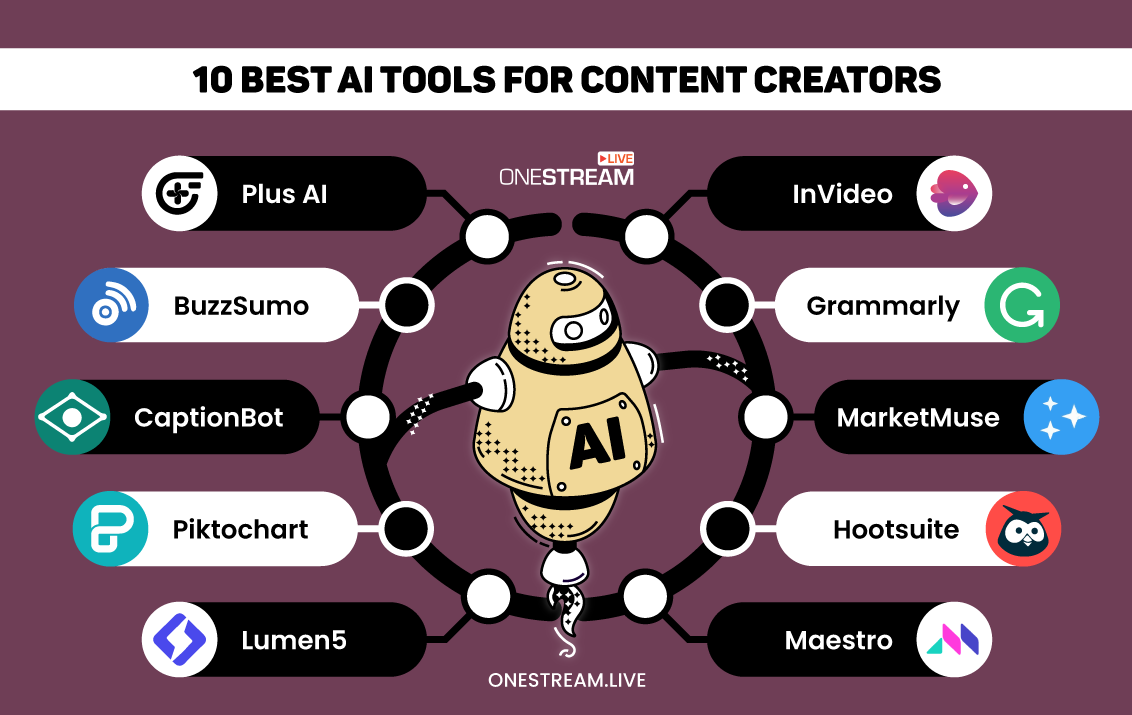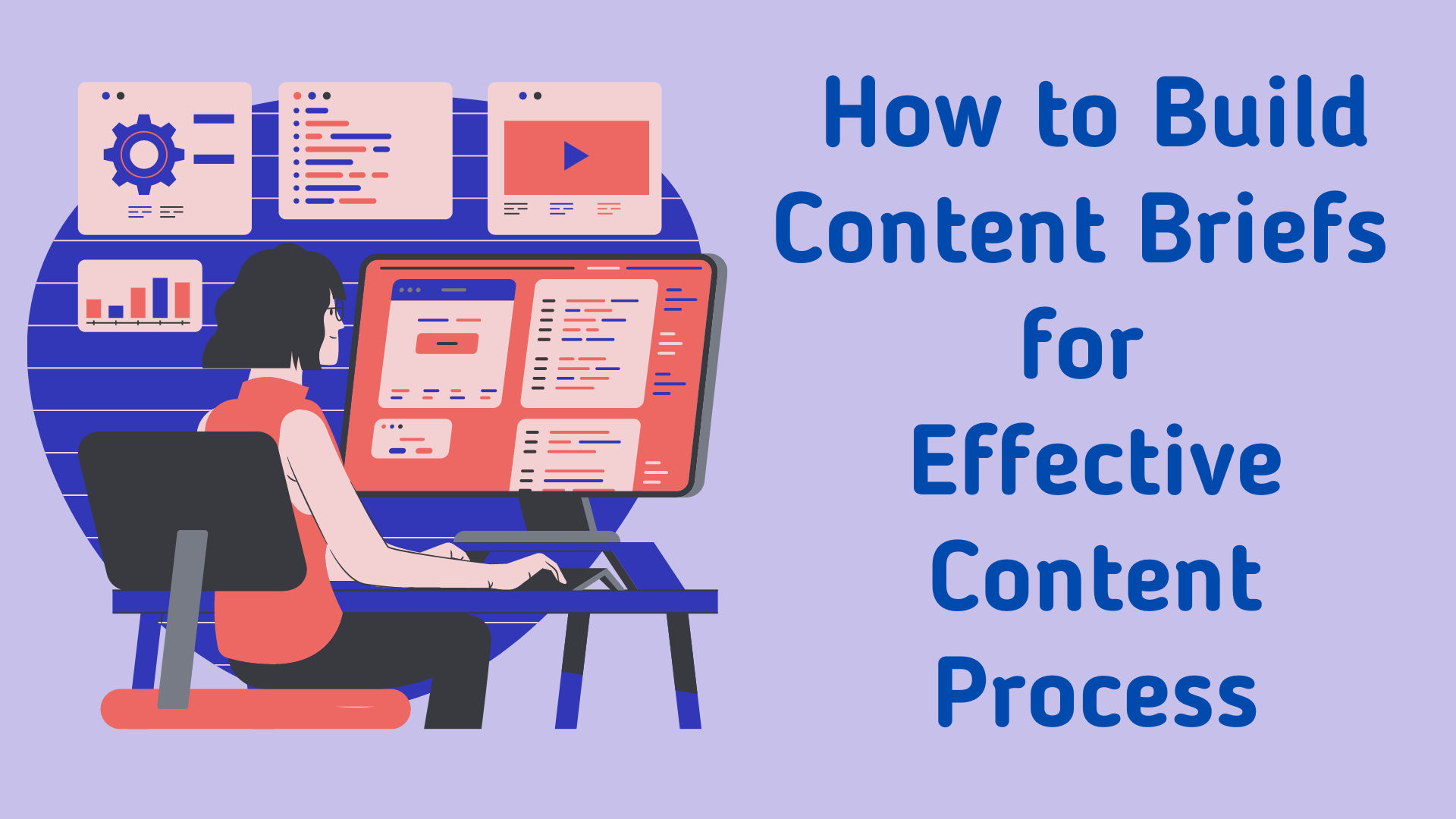AI-generated content is becoming more popular, but it has its pros and cons. AI can create content quickly and cheaply, making it efficient and scalable. It can boost SEO and solve writer’s block. However, quality, plagiarism, and creativity are concerns, and human editing is often needed. AI shines as an assistant for research, proofreading, short content, translation, and templates. Tools like Jasper.ai and Copy.ai are changing content creation by improving efficiency, content quality, and personalization. These tools help teams produce more content, maintain quality, and repurpose it across channels. They save time and resources, improving content strategies and competitiveness. Integrating AI for content requires providing briefs, generating drafts, refining them, and tracking performance. Reviews show that Copy.ai saves time and enhances quality, but it can cause writer’s block. The future of content creation blends human creativity with AI, helping marketers, creators, and service agents boost productivity.
Understanding AI for Content Generation

Credits: analyticsvidhya.com
AI-generated content refers to any text, image, video, or other media created using artificial intelligence algorithms. These algorithms analyze data and generate content that mimics human-created work. AI tools leverage machine learning and natural language processing to produce text that appears natural and contextually relevant. This technology allows for the rapid creation of content, ranging from simple articles to complex reports, with minimal human intervention.
The evolution of AI in content creation has been significant over the last decade. Initially, AI was used for simple tasks like proofreading and grammar checking. However, advancements in machine learning and neural networks have enabled more sophisticated applications, such as writing articles, creating imagery, and even producing videos. AI tools have become more accessible to businesses, offering a cost-effective way to meet the growing demand for content in various industries.
Key benefits of using AI for content generation include increased efficiency and the ability to produce large volumes of content quickly. AI tools can work around the clock without fatigue, ensuring consistent output. Additionally, these tools can be programmed to adhere to specific guidelines and styles, maintaining brand consistency. However, there are drawbacks. AI-generated content may lack the creativity and emotional depth found in human-created work. There are also ethical considerations regarding the potential for misleading information or lack of originality. Balancing AI and human input remains essential for achieving the best results.
Choosing the Right AI Tools

Credits: onestream.live
When selecting AI tools for content creation, it’s important to understand what each tool offers. Some of the top AI tools for content creation include OpenAI’s GPT-3, Jasper, Writesonic, and Copy.ai. These tools use advanced machine learning models to generate coherent and contextually relevant content. They support various content types, such as articles, blog posts, social media updates, and more. Your specific needs will dictate the best choice among these tools.
Evaluating AI content tools requires consideration of several factors. First, assess the accuracy and quality of generated content. Look at user reviews and case studies to determine reliability. Second, consider ease of use and the learning curve associated with each tool. Third, evaluate customer support and available resources, such as tutorials and documentation. Finally, factor in cost and subscription models to ensure it fits your budget.
Integration and compatibility are crucial when implementing AI tools into your existing workflow. Ensure that the chosen tool can integrate with your current content management systems (CMS) or other software you use. Check for available APIs and plugins that facilitate smooth integration. Also, verify that the tool supports the required languages and formats for your content. Seamless integration minimizes disruptions and maximizes productivity.
Setting Up AI for Content Creation

Credits: narrato.io
Creating effective content briefs is crucial for guiding AI systems. A clear brief should include the purpose, target audience, key messages, and any specific guidelines or style preferences. The more detailed the brief, the better the AI can tailor its output to meet your needs, producing content that aligns with your objectives and resonates with your audience.
Training AI to match your brand voice involves feeding it with examples of past content that accurately represent your style and tone. This helps the AI learn the nuances and consistency of your brand’s communication. Regularly reviewing and adjusting the AI’s outputs ensures it stays on track and continues to reflect your brand identity accurately as it evolves.
Ensuring data privacy and security is a top priority when using AI for content creation. Implement safeguards such as data encryption, access controls, and regular security audits. Be mindful of regulatory requirements and best practices to protect sensitive information and maintain trust with your audience and clients.
Best Practices for Using AI Tools
Generating content drafts using AI tools can save time and provide a creative starting point. These tools are adept at churning out large volumes of text that can serve as a foundational draft. However, it’s important to remember that while AI can generate content quickly, the initial output may lack depth or human touch. Hence, it is essential to review and refine the draft to make it more engaging and aligned with your brand’s voice.
Editing AI content involves not only proofreading for grammar and coherence but also adding a nuanced touch. This might include inserting personal insights, anecdotes, and ensuring the content flows naturally. AI-generated content might sometimes miss contextual relevance or cultural nuances, so a careful human review is crucial to make the content more relatable and impactful. Use AI as a companion rather than a replacement for human creativity and judgment.
Repurposing AI-generated content can extend the value of the content created. A single piece of AI-generated text can be transformed into various formats like blog posts, social media updates, or even newsletters. By doing so, you ensure that the content reaches a wider audience through different channels while saving time on creating new material for each platform. Adjust the tone and style to fit the medium, ensuring consistency in your message across all platforms.
Optimizing AI-Generated Content Performance
To maximize the effectiveness of AI-generated content, it is crucial to track content metrics. This involves monitoring key performance indicators like engagement rates, click-through rates, and conversion rates. These metrics help identify what resonates with your audience and inform future content strategies. Using tools like Google Analytics can provide valuable insights into user behavior and content performance.
SEO strategies are essential for improving the visibility of AI-generated content. Start by conducting keyword research to identify relevant terms and phrases that your target audience is searching for. Incorporate these keywords naturally within the content to enhance search engine rankings. Additionally, optimizing meta descriptions, headers, and image alt texts can significantly improve your content’s discoverability on search engines.
Improving AI-generated content through feedback is an ongoing process. Soliciting feedback from your audience can provide actionable insights into what works and what doesn’t. Engage with your readers through comments, surveys, and social media interactions. Use this feedback to refine your content, making it more relevant and valuable to your audience. Continuous iteration based on feedback will help in maintaining the quality and effectiveness of AI-generated content.
The Future of AI in Content Generation
AI content generation is rapidly evolving, with trends indicating a stronger integration of machine learning algorithms to produce more refined and human-like text. Key trends to watch include the development of more intuitive natural language processing models and the increasing customization options for tailored content. Businesses are beginning to recognize the potential of AI to improve efficiency and consistency in content creation, making it essential to stay updated with the latest trends.
Combining human creativity with AI’s speed and analytics can result in superior content. While AI can handle data-heavy tasks and generate drafts quickly, human writers are crucial for adding the nuance, emotional intelligence, and creativity that machines still lack. This symbiotic relationship can lead to content that is not only efficient but also engaging and insightful.
New AI tools and technologies are emerging at a fast pace. From advanced text generators to AI-driven editing and proofreading tools, there’s a growing arsenal of software designed to assist content creators. Staying informed about the latest tools can provide significant advantages by improving productivity and the quality of the content produced. Tools like GPT-4 and other machine learning models are already making a significant impact, and their capabilities are expected to expand even further.
Frequently Asked Questions
1. What is AI content generation?
AI content generation is using artificial intelligence tools or software to create written, visual, or audio content. It’s like having a robot help you write articles, create videos, or generate social media posts.
2. How can AI help with content creation?
AI can help with content creation by speeding up the writing process, improving quality, and providing new ideas. It can save you time by drafting articles, suggesting edits, and even creating visuals.
3. What do I need to start using AI for content generation?
To start using AI for content generation, you need access to AI tools or software, a clear idea of what content you want to create, and some basic knowledge of how the tools work. This can include platforms like Jasper, Writesonic, or Copy.ai.
4. Is AI-created content as good as human-created content?
AI-created content can be very good, but it might still need some human touch. AI is great for generating ideas and structuring content, but humans are better at adding creativity, emotion, and personal touch.
5. How can I make sure my AI-generated content is original and not plagiarized?
To ensure your AI-generated content is original, use plagiarism detection tools to check the content. Most AI content tools also have built-in plagiarism checks to help you confirm its uniqueness.
TL;DR: Learn about AI-generated content, its evolution, benefits, and drawbacks. Discover top AI tools for content creation, how to evaluate them, and ensure they fit with your existing systems. Set up these tools by creating clear content briefs and training them to match your brand voice while ensuring data privacy. Generate drafts, edit, and repurpose AI-generated content, all while tracking performance metrics and optimizing for SEO. Understand how to improve content based on feedback and stay ahead with emerging AI trends and technologies, balancing human and AI efforts for optimal results.




